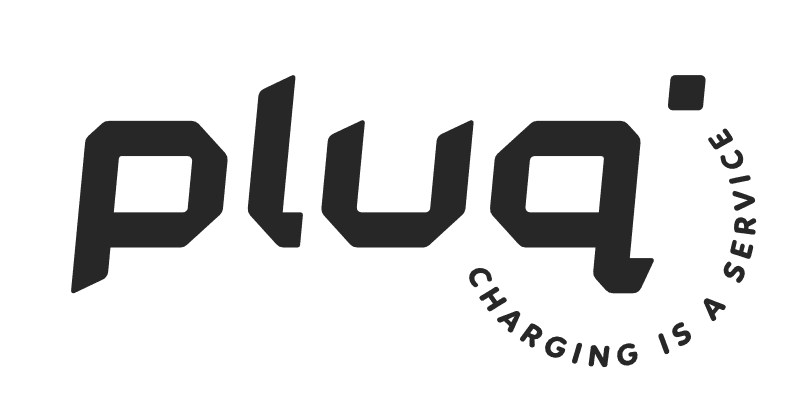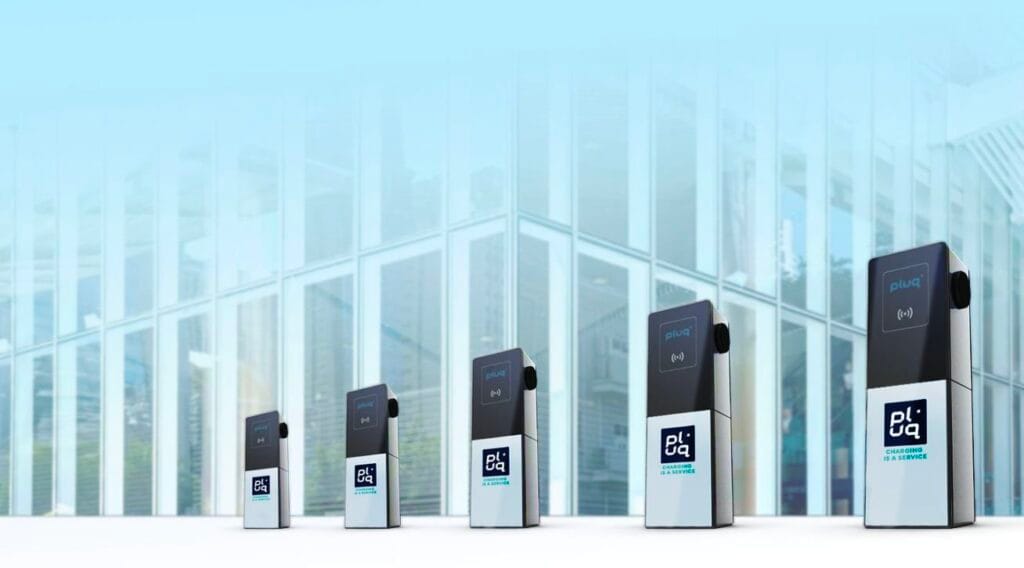As the continent rapidly embraces electric vehicles (EVs), the demand for efficient and accessible charging infrastructure is growing fast. One solution gaining momentum is Charging as a Service (CaaS), a model that eliminates investment barriers and simplifies EV charging for businesses, municipalities, and property owners.
Why Charging as a Service is gaining ground
With EV sales soaring and emission goals tightening, the need for scalable charging options is more urgent than ever. CaaS provides organizations with a straightforward, cost-free way to support the EV transition, eliminating the burden of installation costs, management, and maintenance.
CaaS: key benefits
CaaS unlocks a seamless experience for EV drivers, who can access a network of reliable chargers at the office, hotel, restaurant, zoo, or anywhere they need to be.
Charging infrastructure as a service helps to:
- Improve accessibility: Drivers can easily locate charging points via an app or a charge card.
- Encourage sustainable mobility: Businesses can offer EV charging without incurring capital expenditure, reducing their carbon footprint.
- Expand reach: With networks spanning multiple countries, users can travel longer distances with greater peace of mind.
Lowering the barrier for EV adoption
CaaS makes it easier for companies to motivate employees and guests to drive electric vehicles, even if they don’t have the budget or approval to invest in non-core assets. It supports emission reduction targets and helps accelerate the energy transition.
Why investing isn’t always the best move
Let’s face it: many companies don’t have the resources to invest in EV charging. Social housing providers, for example, aren’t allowed to invest in infrastructure outside their core mission. Even companies that can invest often hesitate due to risks:
- Net congestion
- Technological developments (risk of obsolescence)
- Unpredictable return on investment
That’s why trusted names like Givaudan, NH Hotels, and MVGM prefer worry-free service over infrastructure ownership. CaaS removes those concerns.
A network built for the future
EV charging is booming. By 2030, the Netherlands expects two million EVs on the road. That means a lot more charging stations are needed. CaaS helps fill that gap.
Providers like Pluq already operate a dense network of 22kW chargers in European countries. This flexible and reliable solution has proven effective, as evidenced by high user engagement and satisfaction at partner sites.
The challenges CaaS helps overcome
Even with its many benefits, scaling EV infrastructure presents real challenges:
1. Charger density. Some areas lack sufficient charging points, and this challenge is expected to intensify as the growth of EVs accelerates.
2. Charging speed. Drivers love fast charging, but smart charging is often the better solution. Charging while parked (at work, during lunch, or on a client visit) saves time and avoids unnecessary detours.
3. Reliability. Not all charge stations are created equal; low-quality hardware leads to more faults. With CaaS, providers like Pluq handle maintenance, ensure 98 %+ uptime, and resolve issues quickly.
4. Cost transparency. Charge rates vary widely. Some providers apply high margins or pass along extra costs from charge card operators. Pluq, by contrast, offers competitive, transparent pricing.
How Charging as a Service Works
Zero investment, zero hassle: The provider covers all costs, including hardware, installation, maintenance, and operations.
Easy access: Users find and reserve chargers via app or RFID card.
Monitoring and maintenance: Everything is monitored remotely and repaired quickly.
Flexible payment: Contactless options available. Users can pay via app, QR code, or card.
A thriving CaaS market
The European CaaS market is experiencing rapid growth. Major providers, such as Ionity and Shell, offer extensive public charging networks. Others, like Pluq, specialize in business-oriented installations for offices, hotels, hospitals, leisure venues, and property managers.
Case Study: C’Magne and the Bata Factory transformation
Background: Real estate investor C’Magne transformed the former Bata shoe factory in Best into a thriving business hub for 90+ companies. The challenge was to preserve historical character while meeting modern energy needs.
Solution: In partnership with Pluq, C’Magne added a full EV charging solution using the CaaS model at C-Park. The infrastructure supports future demand without requiring investment or maintenance effort from the client.
Results: 80% daytime occupancy rate. The first expansion is already underway, at no additional cost.

Final thoughts on Smart Charging
Charging as a Service is a solution that:
- Supports the energy transition
- Reduces financial and operational risk
- Encourages EV adoption
- Builds smarter, cleaner environments
With providers like Pluq, CaaS transforms how we approach charging infrastructure.
Want to give it a try?

